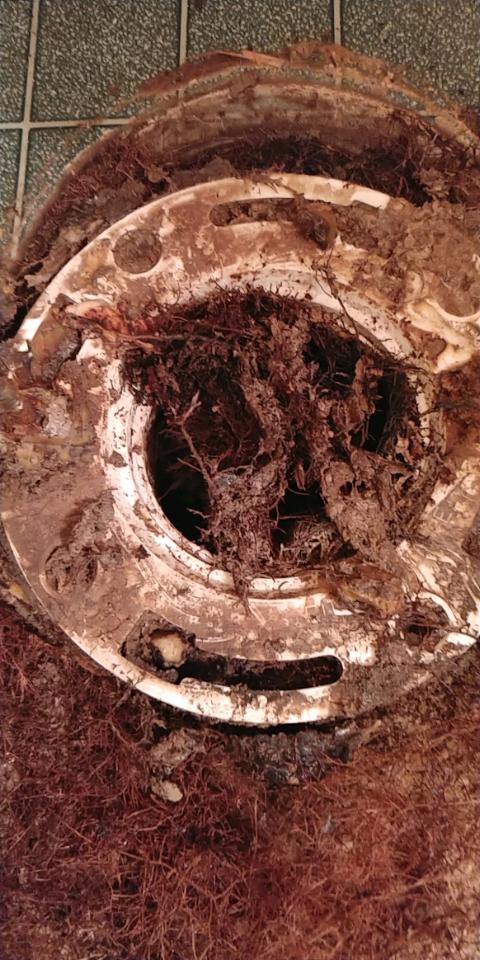So you have decided to invest in the quality of your drinking water. But, you’re just not sure what it is that you need. Are you on well water, or city water service? Is your water hard, leaving calcium and lime deposits in your shower and toilets? Does your water taste bitter and drinking it is unpleasant? These are all questions to consider when deciding to purchase a water softener, or a water filet, or maybe even both.

Water softeners are generally for reducing the calcium in water. It swaps the calcium ions for positively charged sodium ions. This helps to eliminate the calcium deposits you find in your shower, toilets, dishwasher, etc. However, this does not filter out other harmful contaminants. So while your water may taste better, because calcium can make water taste bitter, it is not necessarily making the water “Healthier” to drink. A water softener is not the choice if your goal is to have cleaner water for drinking, cooking and bathing.
A high quality water filter can do more than remove the calcium from your water. It will remove chlorine and other chemicals that are left behind by the water softener. It can also remove water soluble metals which may be harmful to you. A high quality water filter would be the choice for the best drinking water.
There are also UV filters that can be added to your system to help destroy any bacteria or viruses that may be present in your water. This helps to create the best possible water quality.
Some may choose to create a softener/filter system. Either by installing a water softener, and then to install a filtration system just on their kitchen sink or faucet where they will get their drinking water from. Others will opt to have the water softener and a whole house filtration system combined. Some will go even further and install the UV protection. It is all a matter of what your individual needs are for your home.
The best place to start is to have your water tested for chemicals and minerals and see what results and recommendations you get back. A lot of places will test your water for free. We can help you get that done. Or you can go through your own health department. Usually they will test your water free of charge.
If you find that you have water filtration needs that should be met, please call our office at 704-934-0015, and while we do not sell filtration systems in general, we will be happy to install your system for you. We do supply single phase/filtration devices for refrigerators and sinks. We can help you decide what options would be best for you.


















